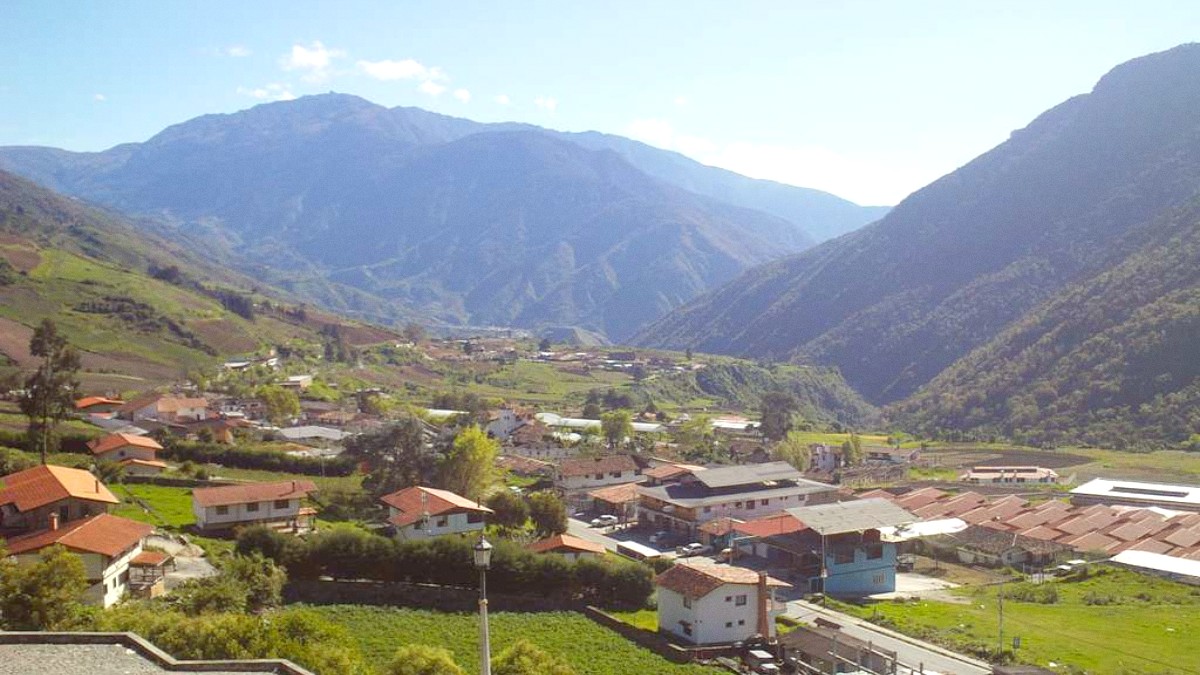
Dominican Republic
Staple foods include white rice, stewed beans, and plantains. Common root vegetables are yuca, potatoes, ñame (taro), and auyama (pumpkin).
Meats like chicken, pork, beef, and goat are frequent, often stewed, fried, or grilled. Fish is prominent in coastal areas.
Lunch (la comida) constitutes the main and largest meal, generally from 1:00 PM to 3:00 PM. Dinner (la cena) is lighter and later, typically after 7:00 PM.
Greeting staff with "Buenos días/tardes/noches" upon entry is polite. Family-style sharing is common in casual settings.
Can be light (coffee and bread) or hearty, like mangú (mashed plantains with fried cheese, salami, and eggs).
The national dish: white rice, stewed red beans, stewed meat (chicken or beef), and a side of salad or fried plantains.
Widely available at 'comedores'.
A hearty, traditional stew with multiple meats and a medley of root vegetables. Rich in flavor.
Often for special occasions.
Mofongo: fried and mashed green plantains with garlic/chicharrón. Mangú: boiled, mashed green plantains, a breakfast staple.
Mofongo often with meat, Mangú with 'los tres golpes'.
Empanadas (savory pastries), Kipes/Quipes (bulgur fritters), Pastelitos (mini empanadas), and Yaniqueques (fried flour discs).
Dulce de Leche, Dulce de Coco, Flan, and Bizcocho Dominicano (Dominican cake with meringue frosting).
Found in upscale neighborhoods like Piantini, Naco, and some Colonial Zone boutique hotels. These present international cuisine and elevated Dominican dishes.
Widespread, these serve traditional Dominican, Caribbean, and international cuisines. Locations include the Colonial Zone and Malecon.
Comedores offer authentic, affordable home-style cooking. Street food vendors populate busy areas, markets, and parks.
This market mainly carries souvenirs, but also hosts food stalls for local snacks.
A colorful atmosphere.
A large, bustling local market with fresh produce, meats, and prepared food sections.
More authentic local experience.
Many options across the city.
Prominent in modern districts.
Available in upscale areas.
Santo Domingo hosts a wide culinary variety.
Awareness of gluten-free diets is not widespread in smaller, local eateries.
Stick to naturally gluten-free foods like rice, beans, fresh fruits, vegetables, and grilled items.
Bring a Translation card explaining your specific allergy in Spanish for clear communication.
Modern restaurants or tourist areas may show greater understanding.
Politely and clearly communicate your needs to restaurant staff. Patience often yields positive results.
Google Maps reviews or apps like HappyCow identify vegetarian/vegan-friendly restaurants.
Local chefs offer Dominican cooking classes. Learn to prepare traditional dishes like 'sancocho' or 'mofongo'.
Guided tasting experiences of street food, local eateries, and traditional beverages, often with historical context.
Discover Dominican rum through tastings, learning about its production and local brands.
Some local tour operators connect visitors with community projects or artisanal workshops.
Opportunities for meaningful cultural exchange and direct local support.
Various language schools in Santo Domingo offer intensive Spanish courses.
A short course can greatly enhance interaction with locals.
To experience the authentic local lunch, seek out a 'comedor'. They present set menus of 'La Bandera Dominicana' at fair prices.
Enjoy fresh tropical fruit juices, a delightful way to stay refreshed and taste local produce.
The Colonial Zone contains many restaurants within historic settings. Modern districts hold international and upscale options.
Engage with staff about food allergies or dietary needs; local eateries may have limited English but value clear communication.